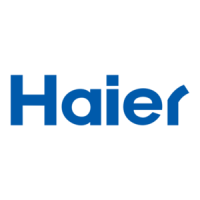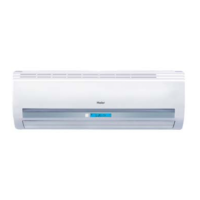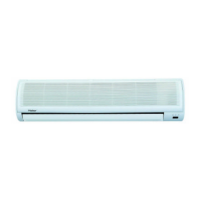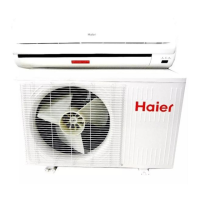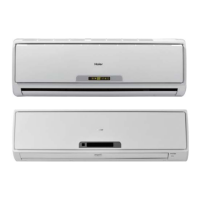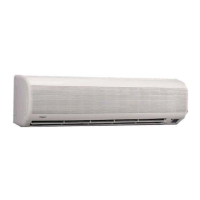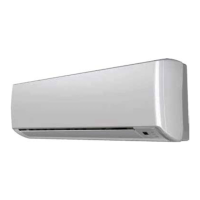Why is my Haier HSU-22HVA103/R2(DB) Air Conditioner cooling poorly?
- ZzedwardsAug 6, 2025
Several factors can cause poor cooling in your Haier Air Conditioner. Make sure the air filter is clean, as it should be cleaned every 15 days. Check for any obstructions blocking the inlet and outlet. Ensure the temperature is set correctly and that all doors and windows are closed. Direct sunlight can also impact cooling, so use curtains. Finally, too many heat sources or people in the room can affect cooling performance.
